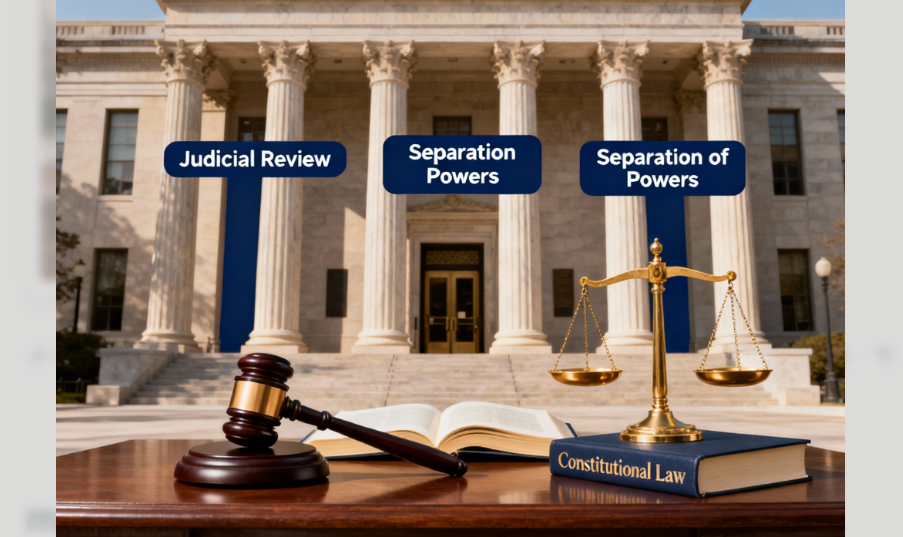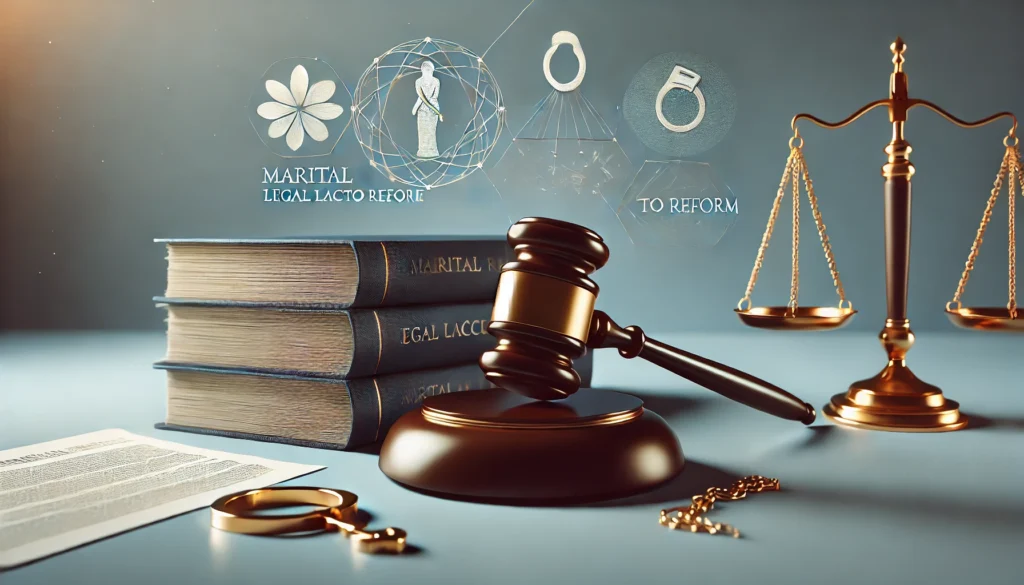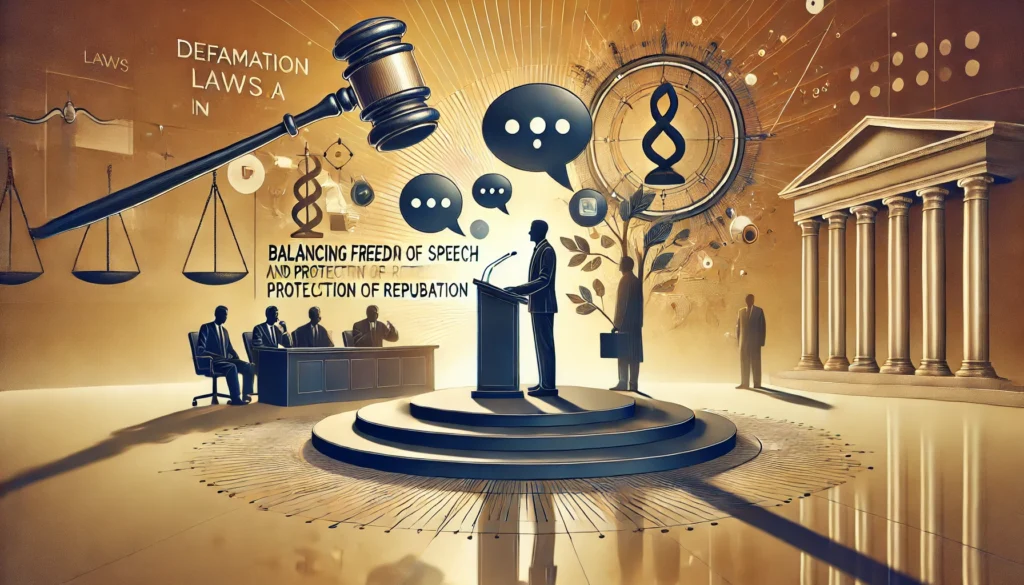Published On: 15th October, 2023
Wrongful death claims arising from medical malpractice represent a compelling intersection of the legal and medical domains, where the intricacies of healthcare practice collide with principles of legal liability and ethics. When a patient’s life is tragically cut short due to the negligence or wrongful acts of a healthcare professional, the quest for justice becomes paramount. Within this complex legal landscape, the concept of vicarious liability stands as a pivotal legal principle, holding healthcare facilities and organizations accountable for the actions of their employees.
This legal research paper embarks on an exploration of wrongful death claims in the context of medical malpractice, offering a comprehensive understanding of vicarious liability[1]—a principle that lies at the heart of these cases. By dissecting the key elements, challenges, and ethical considerations that underscore vicarious liability in medical malpractice cases, this research aims to provide a profound insight into this critical aspect of the legal framework. Moreover, it seeks to empower stakeholders, including plaintiffs, defendants, legal practitioners, and healthcare professionals, to navigate these intricate claims effectively, all while upholding the principles of justice and integrity within the healthcare system.
Vicarious liability, often referred to as “respondeat superior,”[2] is a legal principle that holds an employer or supervising entity responsible for the wrongful actions of their employees or agents while they are acting within the scope of their employment. In the context of medical malpractice, vicarious liability can arise when a healthcare professional, such as a doctor or nurse, commits an act of negligence, leading to a patient’s death, and the healthcare facility or organization is held liable for those actions.
There must be a recognized employer-employee connection for employers to be held accountable. When an employer has the “right of control”[3] over an employee, this relationship is established. For physicians, this means that the employer has the authority to dictate how the doctor evaluates a patient, admits a patient, or treats that patient. If the employer does not have this control, then the doctor’s carelessness cannot be held against the employer.
To establish vicarious liability in medical malpractice cases, certain essential elements must be meticulously demonstrated. First and foremost, it is imperative to establish the existence of an employer-employee relationship between the healthcare professional and the healthcare facility or organization in question. This pivotal relationship hinges upon a multifaceted evaluation of factors, including the degree of control exercised by the facility over its employee and the critical assessment of whether the employee’s actions were undertaken within the bounds of their employment responsibilities. Secondly, the wrongful act that precipitated the patient’s tragic demise must be firmly situated within the scope of the healthcare professional’s employment duties. This crucial delineation distinguishes acts that potentially invoke vicarious liability from those that do not. Finally, the linchpin of causation must be conclusively established, wherein a direct and undeniable nexus between the negligent act and the patient’s untimely death is rigorously substantiated. This intricate web of legal prerequisites underscores the formidable challenges that litigants, courts, and legal professionals grapple with when navigating the realm of vicarious liability in medical malpractice cases.
The intricate nature of vicarious liability in medical malpractice cases gives rise to a multitude of challenges that legal professionals, plaintiffs, and defendants must navigate adeptly. One significant hurdle arises when the healthcare facility contests that the negligent healthcare professional operated independently and beyond the purview of their employment obligations. Establishing the boundaries of employment responsibilities becomes paramount, necessitating a meticulous examination of the specific actions and decisions made by the healthcare professional in question. Moreover, the extent of control exerted by the facility over its employees becomes a pivotal point of contention. The facility might argue limited influence, making it challenging to attribute the actions of the healthcare professional directly to the institution. Particularly complex situations arise when healthcare professionals are classified as independent contractors, blurring the lines of traditional employer-employee relationships and intensifying the challenges associated with establishing vicarious liability. These nuances significantly amplify the complexity of legal proceedings, demanding careful scrutiny of contractual agreements and organizational structures.
Beyond the legal complexities, the concept of vicarious liability in medical malpractice cases raises profound ethical questions that resonate within the realms of both healthcare and jurisprudence. One central ethical dilemma revolves around the question of whether healthcare organizations should bear responsibility for the actions of their employees, even when the organizations claim limited control over these actions. Striking the delicate balance between ensuring accountability for negligence and fairness in distributing responsibility becomes a moral imperative. Ethical considerations also extend to the broader societal implications: holding healthcare organizations accountable can potentially enhance patient safety by encouraging stringent oversight and adherence to standards of care. However, an excessive burden of liability could deter medical professionals, leading to defensive practices, increased healthcare costs, and potential limitations on medical innovations. Navigating these ethical quandaries requires a nuanced understanding of the intricate interplay between legal obligations, moral imperatives, and the overarching goal of fostering a healthcare system that is both accountable and just.
In the realm of wrongful death claims, particularly those entwined with vicarious liability in medical malpractice cases, understanding the nuanced challenges and ethical dimensions is paramount. For both plaintiffs seeking justice and defendants defending their actions, comprehending the intricate legal intricacies and ethical considerations is not just advantageous but essential. As the legal and ethical landscape continually evolves, finding the delicate equilibrium between accountability and fairness emerges as a central concern in the pursuit of justice within the healthcare sector. The evolution of these principles continues to shape not only the outcomes of individual cases but also the broader contours of medical practice and legal standards, underscoring the vital importance of continuous examination and thoughtful deliberation in this ever-changing field of law.
Reference(s):
[1]Kenton, W. (n.d.). What is vicarious liability? example and how to avoid it. Investopedia. https://www.investopedia.com/terms/v/vicarious-liability.asp
[2] P.A., B. (2020, January 21). Vicarious Liability and How It Applies to Medical Malpractice Cases. Burnetti, P.A. https://www.burnetti.com/blog/2020/january/vicarious-liability-and-how-it-applies-to-medica/
[3] How vicarious liability works in medical negligence cases. Gilman & Bedigian. (2021, January 7). https://www.gilmanbedigian.com/how-vicarious-liability-works-in-medical-negligence-cases/




